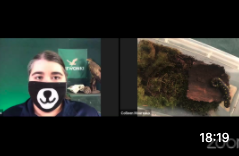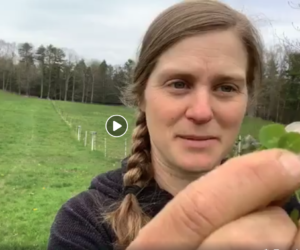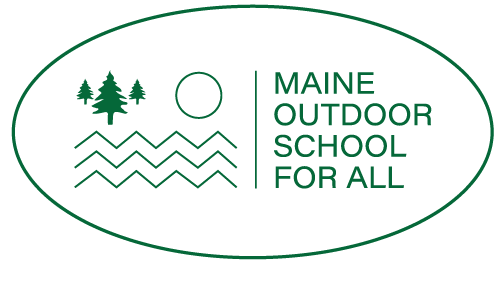Our studies may not play out exactly as we had imagined in the coming weeks, but that doesn’t mean we can’t continue place-based learning at home! It’s time to embark on an independent place-based project that will allow you to:
- take a deep dive into ‘community’ and ‘nature’, which are at the root of place-based learning, and to discover even more deeply your place in the local community and ecosystem.
- explore something that you are excited about and use the resources you have at hand.
- have agency in your learning and do some service work in your home community.
- use your problem solving and critical thinking skills, interact with your local community/ecosystem, be creative, and reflect on your learning.
Essential questions to explore for this project:
- How can you interact with your local community and ecosystem in a way that is both meaningful and beneficial to you and to the organisms (including humans) and land around you?
- What is your place in this community and ecosystem, and what type of positive change can you make within it?
- What have you always wished you had the time to learn about, create, or contribute to?
What’s the task?
It’s time to lean in and explore your local community and ecosystem, and your place in it.
First, brainstorm and take an inventory of your place:
- Humans you are spending time with now:
- Plants/animals:
- Physical environment (landscape):
Next, think about something that could be beneficial to your local community (family) and ecosystem, that is also meaningful and enjoyable for you. This could be something that you learn more about, clean up, create/invent, design, build, explore, maintain, help with, grow, fix, etc.
What does this project look like and what’s the time frame?
This is a long term project- meaning that it will span at least a few weeks. There will be checkpoints along the way to share your progress with peers and teachers, and complete certain aspects of the project. Your teachers will provide the framework, but it’s up to you to design and execute this project. You’ve had a lot of experience with long-term, integrated theme study projects at Chewonki, so you can draw upon those experiences to help guide you.
Part 1. Project Proposal
Name:
Inventory of place: Community/Natural Environment:
- Humans you are currently interacting with on a daily/weekly basis:
- Organisms you are currently interacting with (or observing) on a daily/weekly basis:
- What are the important components of your local (home) physical landscape?
What do you feel could be beneficial to your local (home) community and/or natural environment at this time? (Please answer in a few sentences or one paragraph).
What could you envision doing that would be both a fun learning experience AND help contribute to your community and natural environment? Who might you work with/interview/ask help from to accomplish this project? (Answer in a few sentences or one paragraph).
Part 2. Project Planning
1. What will you contribute to the community and/or natural environment:
List 1-3 way(s) this project will contribute to your community and/or natural environment:
2. What will you learn while working on this project?
This should be a learning experience, so please list up to 5 skills you will need to gain, or concepts you will need to learn about in order to complete this project.
3. What materials or resources will you need, and where will you get them?
Please list all the materials or resources you will need to complete your project. Remember, you need to be realistic about what you have right now and what you can access- this is a DIY project. You will need to work with your family if you determine that you need materials or resources that you don’t have at home, and find a way to access them. Be resourceful and use what you have!
4. Final Product:
- It is possible to complete your project (or mostly complete) in the next four weeks?
- What will your final product be?
- What exactly do you want to have happen during this project?
- What will be the measure of success- how will you know that you’ve attained your goal?
5. Timeline: Once we start this project, you should spend up to 30-60 min. per day (3-5 hours per week) on your project. Let’s imagine that the project should be wrapping up in about 3-4 weeks (though this may get pushed back).
Please describe the stages of your project, what you will spend your time doing, and what you hope to complete each week. Is your project something which will have a ‘product’ every day or week, or one that will have one large final project that you are working towards?













